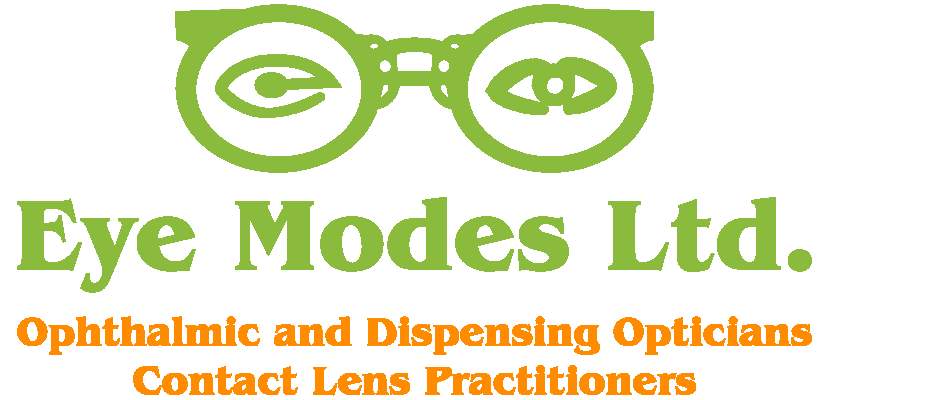An eye test is an important part of your child’s health. An eye exam helps to identify any eye problem or disorder in your child’s eye. Most learning in children occurs through observation. Your child’s eye sight must be good in order for him or her to experience the world and learn. Poor eye sight can contribute to poor academic performance as your child cannot see the blackboard.
Remember, your child might be too young to know that he has an eye problem. He might think that every person’s vision is similar to his. Poor vision impacts his learning abilities and quality of life. Furthermore, the vision disorder might intensify if corrective measures are not taken. The following are common eye problems to look out for in children.
- Amblyopia (lazy eye)
Amblyopia or lazy eye is a common eye condition in children. It occurs when one eye fails to develop normal sight. The child is forced to rely on one eye for vision. The other eye might appear to be turned up, out or down. Amblyopia is often associated with strabismus (misaligned eyes). If you observe symptoms of lazy eye in your child you should get your child examined by an ophthalmologist.
- Conjunctivitis (Pink Eye)
Conjunctivitis is common in children. It presents as a redness or pinkness of the eye due to the inflammation of the conjunctiva. The conjunctiva is a transparent membrane that lines the whites of the eye, as well as, the eye lids. The inflammation results from a viral, bacterial, or allergen infection.
If the cause is viral or bacterial, then, the condition is contagious. An allergen infection, on the other hand, is not. You do not necessarily have to keep your child home from school even if the conjunctivitis is viral or bacterial. The treatment of pink eye is determined by the cause of the infection.
- Myopia
It is also called short-sightedness. Myopia causes a blurry vision of distant objects. Therefore, if a child with myopia sits at the back of the class, he or she might not see the blackboard clearly. The child needs glasses or contacts to aid with his or her vision. An eye exam is the main way to identify myopia. Early diagnosis ensures that the child receives the corrective treatment in time.
- Hyperopia
It is also called long-sightedness. In this case, objects at a distance are clear; while objects that are close are blurry. Long sightedness can also be resolved by getting the right prescription from a qualified ophthalmologist.
- Astigmatism
Astigmatism is a condition that occurs due to the uneven curving of the cornea. As a result, light is bent in all directions causing blurred vision.
In conclusion, parents must be responsible for their children’s vision. An eye test for your child is the first step. Your child can receive treatment to prevent further deterioration. Glasses and contact lenses are the most common prescriptions for Myopia, Hyperopia and astigmatism for children. Additionally, ensure that your child’s diet is loaded with vitamins A and C to improve the growth.


